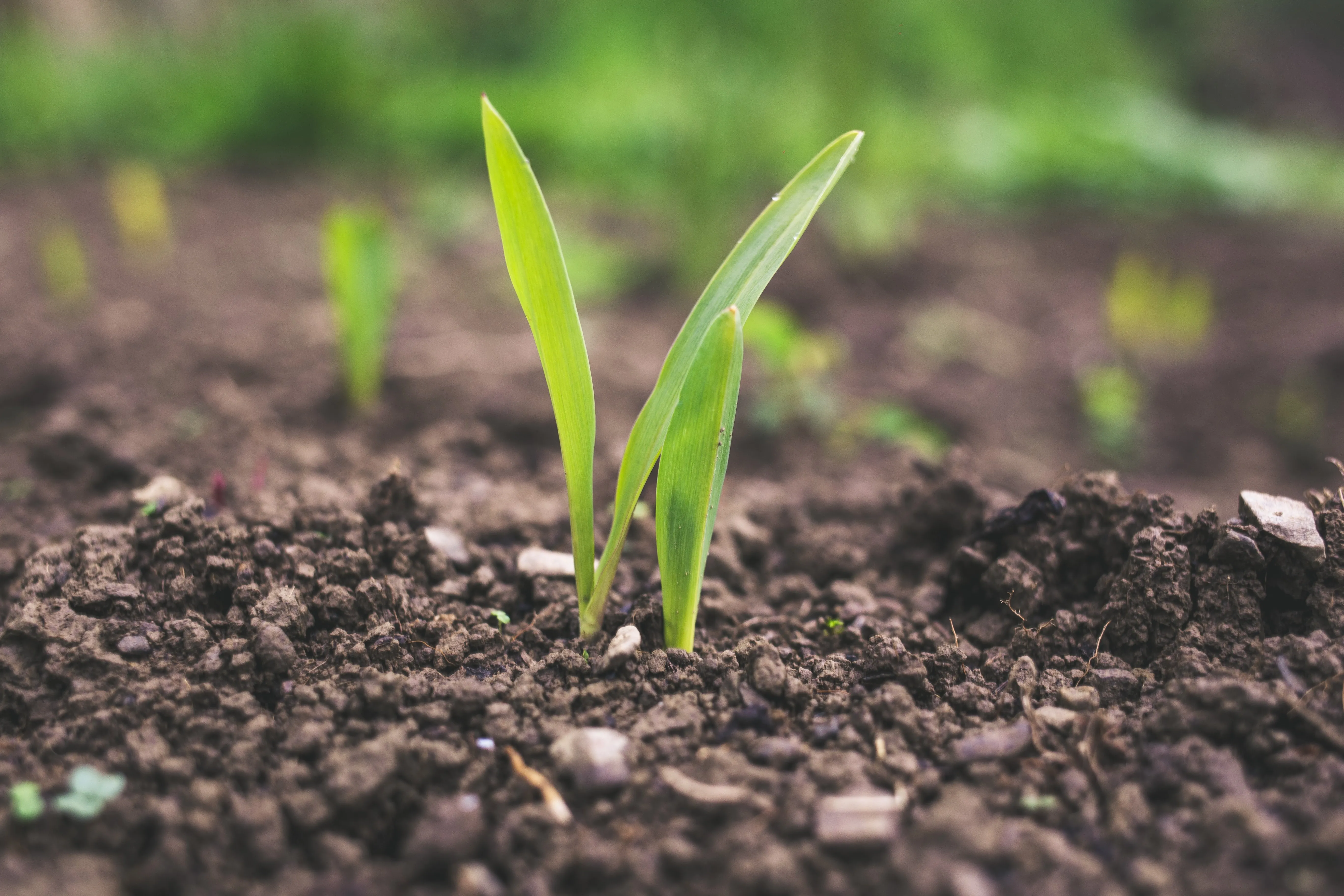Sustainable Land Use: The Potential of Agroforestry
Discover the untapped potential of agroforestry in promoting sustainable land use practices. This comprehensive and inspiring blog post explores the benefits and opportunities that agroforestry offers for maximizing land productivity, conserving biodiversity, mitigating climate change, and supporting sustainable livelihoods. Join us on a journey to unlock the transformative power of agroforestry in shaping a sustainable future.

Introduction:
In an era where sustainable land use practices are of paramount importance, agroforestry stands out as a powerful solution. This blog post delves into the potential of agroforestry in promoting sustainable land use, as it offers a holistic approach that integrates trees, crops, and livestock. By harnessing the synergistic benefits of this multifunctional system, agroforestry presents a pathway towards maximizing land productivity, conserving biodiversity, mitigating climate change, and fostering sustainable livelihoods. Join us as we explore the untapped potential of agroforestry and its capacity to shape a more sustainable future for our planet.
1. Enhancing Land Productivity through Agroforestry:
a) Integrated Resource Management: Discover how agroforestry optimizes land productivity by harnessing the complementary interactions between trees, crops, and livestock. The strategic placement of trees provides shade, windbreaks, and nutrient cycling, enhancing soil fertility and improving crop yields.
b) Diversification of Income Streams: Explore how agroforestry offers farmers the opportunity to diversify their income streams through the cultivation of multiple products. From timber and fruits to medicinal plants and livestock, agroforestry systems provide a range of marketable products, reducing dependence on a single crop and increasing financial resilience.
2. Biodiversity Conservation and Ecological Resilience:
a) Habitat Creation: Learn how agroforestry systems act as havens for biodiversity, providing habitats for a wide array of flora and fauna. The diverse structure and composition of agroforestry landscapes promote ecological connectivity and contribute to the conservation of native species.
b) Soil Health and Erosion Control: Discover how agroforestry practices improve soil health by enhancing organic matter content, reducing erosion, and improving water infiltration. The presence of trees helps stabilize slopes, prevent soil erosion, and retain moisture, resulting in more resilient and productive agricultural landscapes.
3. Climate Change Mitigation and Adaptation:
a) Carbon Sequestration: Explore the role of agroforestry in mitigating climate change through carbon sequestration. The integration of trees in agroforestry systems enhances carbon storage, helping to reduce greenhouse gas emissions and mitigate the impacts of climate change.
b) Climate Resilience: Learn how agroforestry enhances the resilience of agricultural systems to climate change. The shade provided by trees helps moderate temperature extremes, reduce evaporation, and protect crops from extreme weather events, such as droughts and storms.
4. Supporting Sustainable Livelihoods:
a) Community Engagement: Understand how agroforestry practices promote community engagement and empowerment. Agroforestry encourages local participation, knowledge sharing, and collaborative decision-making, strengthening social cohesion and fostering a sense of ownership over land resources.
b) Income Stability and Food Security: Discover how agroforestry contributes to income stability and food security by providing a diverse range of products for consumption and sale. The combination of tree crops and food crops ensures a more reliable food supply and income throughout the year, reducing vulnerability to market fluctuations.
Conclusion:
Agroforestry holds immense potential in promoting sustainable land use practices. By integrating trees, crops, and livestock, agroforestry offers a multifunctional approach that maximizes land productivity, conserves biodiversity, mitigates climate change, and supports sustainable livelihoods. Embracing agroforestry as a cornerstone of land management strategies allows us to create resilient and thriving landscapes that benefit both present and future generations. Let us harness the potential of agroforestry to shape a sustainable future for our planet.
































































































































